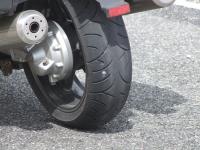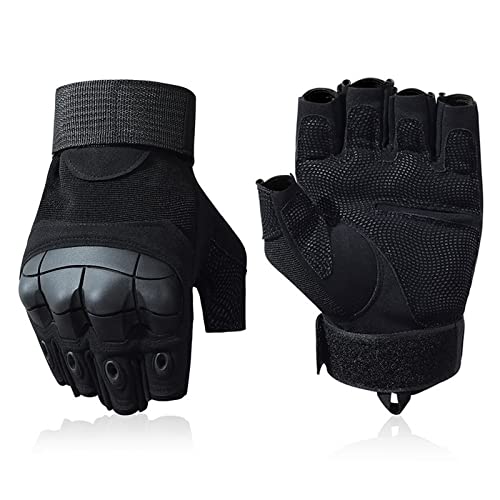mcatrophy
Privileged to ride a 2018 FJR1300AS
Depends whether or not the turkey WANTS to go in the side bag. They can be pretty difficult to handle if they don't want to cooperate.But, ******* it, NO ONE will answer the question if a turkey will fit in a freakin' side bag!!
(Click on image for larger view)

Plugged, lasted life of the tyre:


Had two or three others. Never had an issue.
Last edited by a moderator:





















































